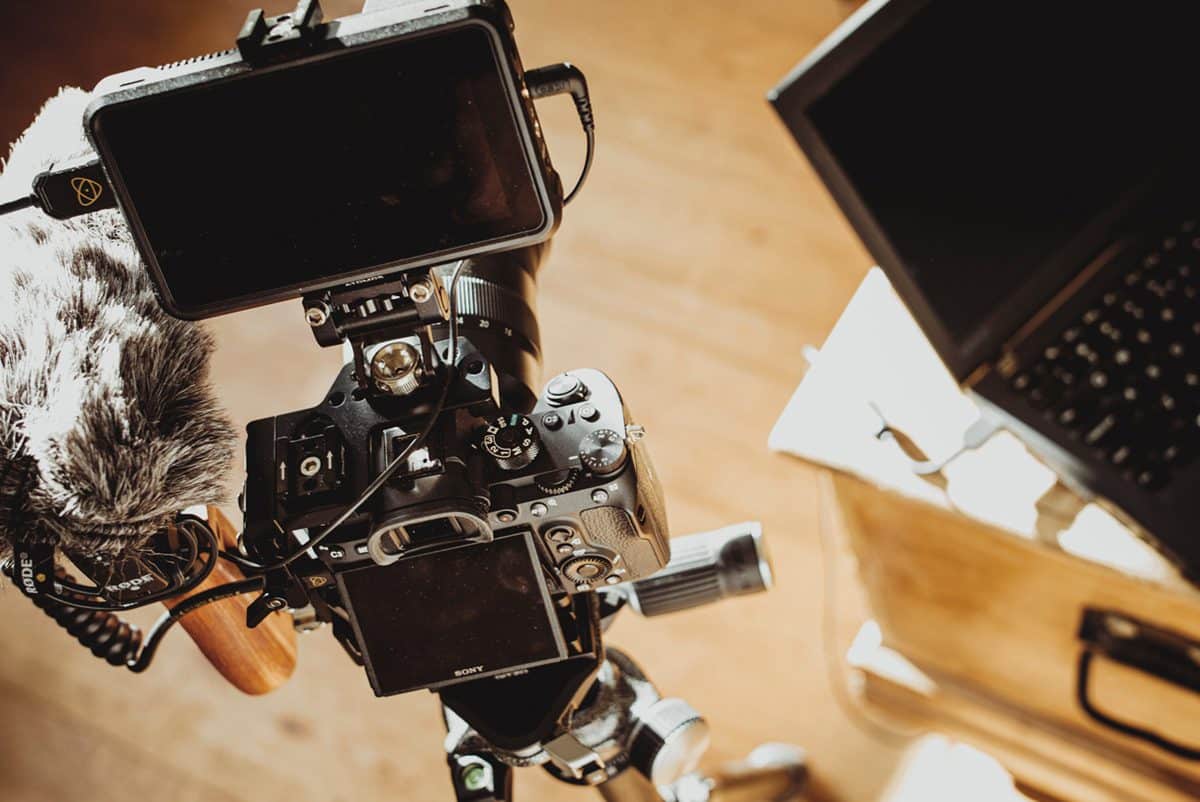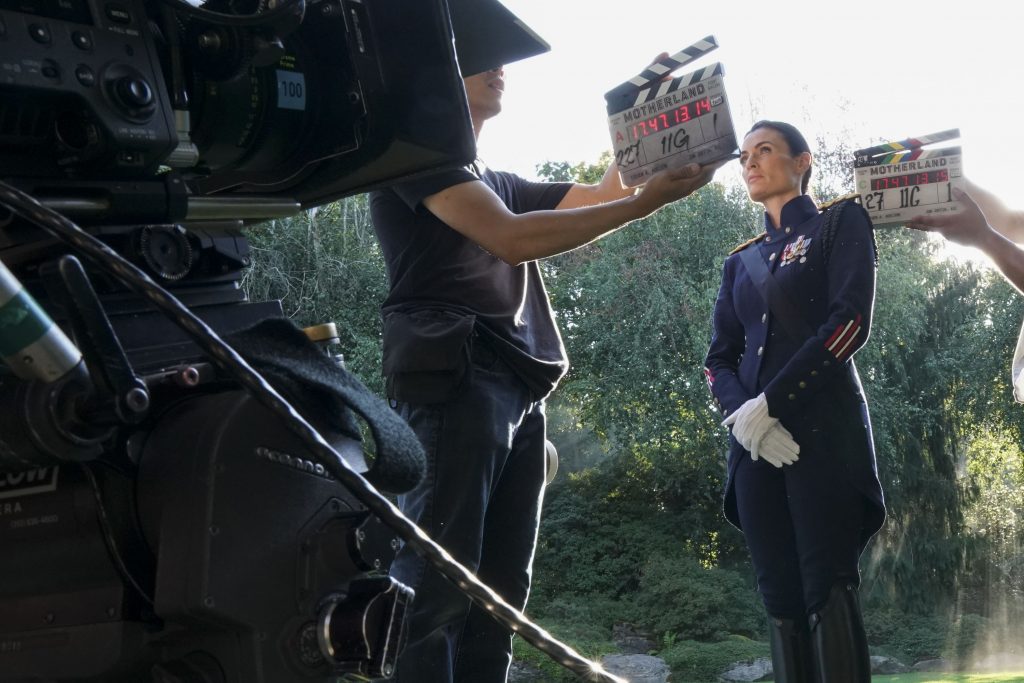Photo by Aleks Marinkovic. www.aleksmarinkovic.com
Organization and Naming Your Shots
Shot Lists from Pre-Production through Post-Production
Written By Peter John Ross
Like so many of us with a desire to eventually work on bigger movies for a living, I like to view my DSLR shorts as a training ground. Even when making a 5-minute short, the kind where you are the all-in-one writer, director, producer, cameraman and editor, you can still prep for bigger shoots and develop good habits. One of these habits is creating and maintaining a shot list and naming your shots.
A shot list is a list of all the camera angles for a shoot, including coverage and cutaways. This can be done from the script, on the fly during a shoot, or even after the shoot, using the footage and just naming the shots that were obtained.
Shot lists in pre-production usually only blueprint a shoot. A basic shot list of MASTER SHOT, CLOSE-UPS (aka CU’s), etc., help plan for time and basically outline what the shoot will consist of. Part of directing is deciding what shots best tell your story and elicit the emotional reaction from a viewer. Storyboards are a great second step for a shot list, but not everyone can draw or get storyboards, so a written list of shots can still achieve the real goal (which is organization).
Making a list of those shots from the script usually winds up being different than when you get there on the day and do the shoot. New shots can come up, two shots get fused into one, or you just don’t have time to get them all. During a shoot, LOGGING the shots can be a valuable tool for post-production (thinking ahead). Putting the shot names on the clapper board and slating can still be useful, even if you don’t have to sync sound later.
The “script supervisor” will be the person watching the shoot and checking the script, verifying everything from the script got shot, can scratch off each shot as they are completed, and take notes about each take and camera information. Details like which take the director liked, merged or changed shots, audio problems, time code, and notes for post-production. Having a person doing this function can greatly increase the speed and organization of post-production.
After the shoot, either the editor or the person who is doing it all need to be able to take all these shots and make editing choices from them. Again, if this is a small, simple shoot with the same all-in-one person writing, directing, shooting, and editing, you may not have made a shot list, but now that you have a card or drive full of shots that now have to be transferred to the hard drive – you should name the files. What good is it to have multiple files named 00001.mts or A003_C21_0123482.R3D? By renaming the footage files, you could still have a shot list that helps identify what the project is and correspond with your plans.
Now, if you had created a shot list from the script, you can carry the same names through pre-production all the way through post-production. It can be any way you feel like organizing, as long as it can make sense to others. The only thing that matters is that everyone understands it from writer to cameraman to editor. A basic shot list can consist of just saying, “Scene 04, Take 02, Camera A” and abbreviated “S04T02A,” or any variation therein. Make up your own systems, whatever ways seem best to you.
The reason to be so detailed and to make consistent notes is because as your projects get bigger and more people get involved, there is a system in place for everyone to know what everything is in every department. You can find out where you are in the screenplay based on a shot list, or if one shot needs a title, or there was a slightly different angle – all of that information is systematically and subsequently organized and easily found when needed.
Having worked as a post-production supervisor and lead editor on feature films, I was dealing with a director who was the only person who had the notes and shot lists, but they existed in his memory. When trying to sync audio to his 16mm film transfers, I was trying to find shots like “George gets in car,” or “Jenny at apartment.” So where in the script does that happen? How many times is George in a car? It became impossible to do anything without the director present at all times. We then devised a system of naming and assigned scene numbers and shot lists after the fact, and we were able to sync audio for the entire process.
On the big movies and TV shows, the whole production and post-production teams synchronize by shot lists all the way to the end. Even when you’re doing it all yourself, you can prep for eventually delegating to people like a different editor or cameraman by being organized with a shot list and making it something everyone can understand. It makes it possible for everyone to be on the same page. By getting into these habits, it won’t be a hard transition to a larger production.
Peter John Ross





